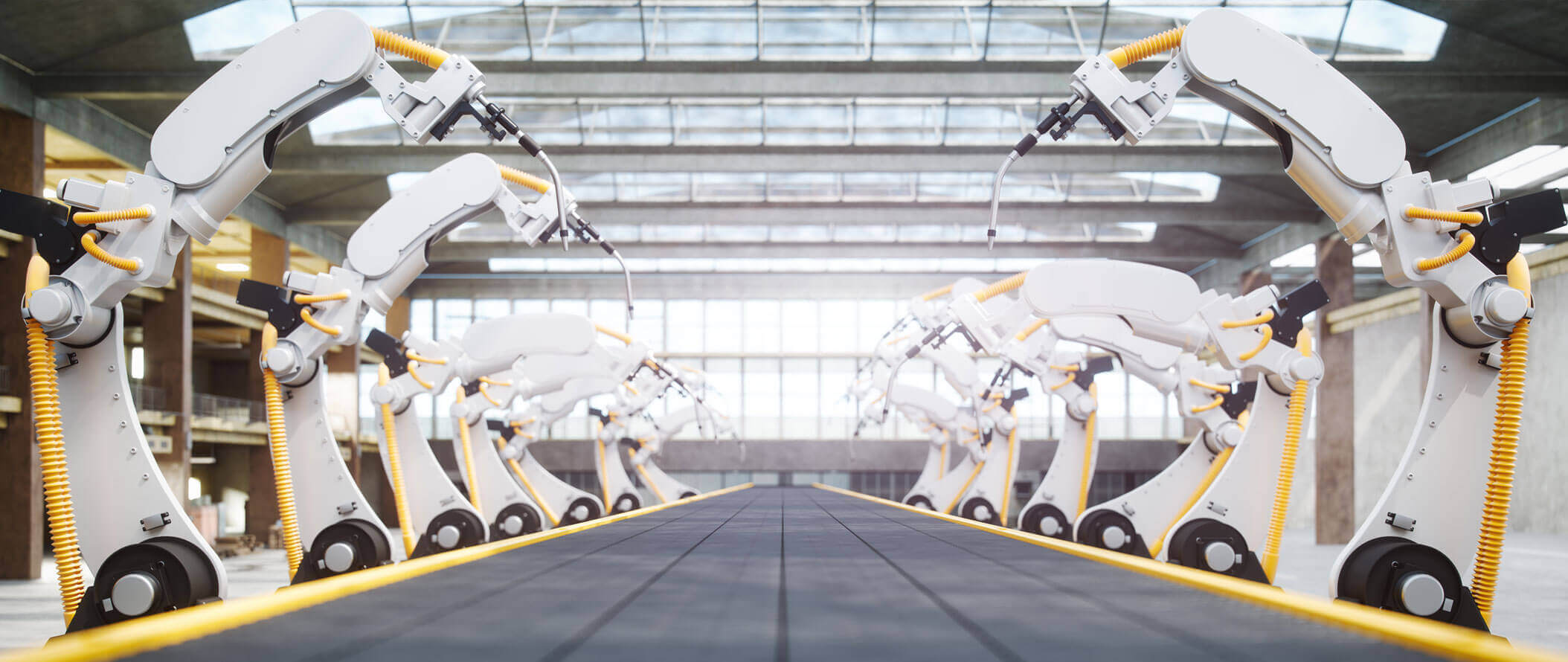Artificial intelligence (AI) is at peak hype, which means there’s an overwhelming amount of sales, marketing, and highly technical information about how it can purportedly benefit your business. Sifting through this information to cull fact from fiction, understanding what’s practical vs. theoretical, can be a daunting task.
To help decode AI for business leaders, here are some definitions, concepts, and real-world examples, and recommendations for how your company can explore and leverage AI.
1. What Exactly is AI?
Essentially, AI is a computer system that mimics human intelligence. It can make decisions and perform constructive tasks after “reading,” “seeing,” or “hearing something.”
2. What’s a Real-World Example of AI?
Pretty much everyone has interacted with voice assistants like Amazon Alexa. These assistants listen to your question, and then (hopefully) provide an accurate answer. Another example is a lane departure warning feature built into semi-autonomous cars. The car recognizes a lane marker and notifies the driver when the car is about to drift over it.
3. How Mature is AI?
As groundbreaking as voice assistants are, they’re a long way from the sentient robots that AI futurists predict. While Alexa, for example, is very capable of answering routine questions, managing calendars, and supporting home automation (e.g., turning lights on and off), she often responds to more complicated questions with nonsensical replies or states, “Sorry, I don’t know that one.” And while billions of dollars are being invested to develop truly autonomous cars, we’re many years away from drivers being able to doze off while their cars drive them safely to work.
4. Are There AI Capabilities I Should Leverage in My Business?
AI is in its infancy. Robots that are ready to competently run your manufacturing facility or staff your customer service center are in the distant future. So, while you may need to set your sights a little lower than a Jetsons-style home, exploring how AI has the potential to help your company operate more efficiently or gain a competitive edge is time well spent.
Ask yourself, “Are there repetitive actions my team takes after reading, seeing, or hearing something? Is there a finite number of constructive follow-up actions that must be cataloged?” If so, could a voice assistant be used to listen for input, make decisions, and free your team to focus on higher value work? By scrutinizing your company’s operations, you stand a good chance of identifying processes that can be automated with AI.
5. How Do I Explore Potential AI Solutions?
As a peak-hype technology, vendors that design, build, and support AI solutions are abundant. But for most leaders exploring the potential of AI, I recommend taking advantage of solutions that are integrated into platforms your company already owns.
As an example, one of the most ubiquitous productivity solutions in use, Microsoft Office 365, has a feature called MyAnalytics. It’s an AI tool that reads your emails, calendars, and tasks, and provides recommendations on how to better manage your time and activities. Most enterprise-class software and cloud providers are incorporating AI into their platforms, and it’s worth exploring what your respective vendors offer.
6. How Does Machine Learning Relate to AI?
AI often gets referenced alongside related technologies like machine learning (ML), big data, and predictive analytics, which can further complicate a complex topic. To keep things simple, think of ML as simply another flavor of AI—one that learns things by reading, seeing, or hearing patterns in large volumes of data.
If that sounds very similar to AI, it’s because they’re related! So, what’s the difference? AI is the broader concept of machines carrying out tasks in a “smart” way, while ML is an application within AI that allows the computer system to “learn” from past experiences or historical data.
Let’s expand on our earlier AI example of voice assistants like Alexa. If you shop for groceries with Alexa, she gathers data from your purchase history and “learns” from it. When you ask Alexa to add paper towels to your cart, she responds asking if you want to add spray cleaner, an item you purchased with paper towels in the past. Alexa is the AI—the data application within Alexa that draws on your purchase history is ML.
7. So, How Do I Get Started?
AI is beginning to open the door to solving old business challenges in new ways, and innovative and creative thinking is called for to match AI solutions to opportunities. If you’re new to AI, start small—potentially by examining a few high-transaction business processes—and give thought to how AI can be used to improve efficiency and accuracy. Next, find a trusted vendor that can insulate you from the underlying technology so you can maintain focus on the opportunity and desired outcomes.
While the presence of AI in the workplace will continue to grow, there are two important things to remember. First, people are, and will remain, an integral part of your business. Second, if you have questions, ask them. Any vendor worth their salt should be able to clearly address questions and concerns about AI solutions and connect the dots so you understand how it solves your particular business pain points.









